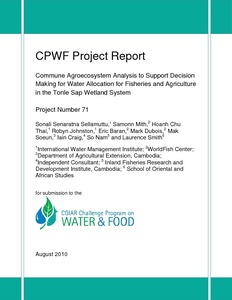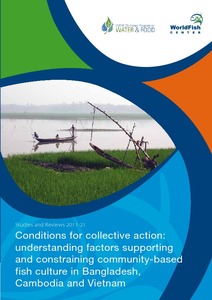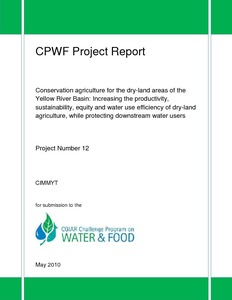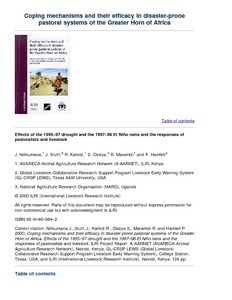Classification and description of the major farming systems incorporating ruminant livestock in West Africa
A classification of the major ruminant livestock production systems in West Africa is proposed. The proposed typology has two major classes of systems-sole livestock and crop-livestock. The sole livestock class has two systems (rangeland-based and landless) and the crop-livestock class has three sub-classes (annual crop-livestock, tree-crop-livestock and irrigated/flooded cropland-livestock). Within the 3 crop-livestock subclasses 13 systems defined by the dominant crops are identified.








